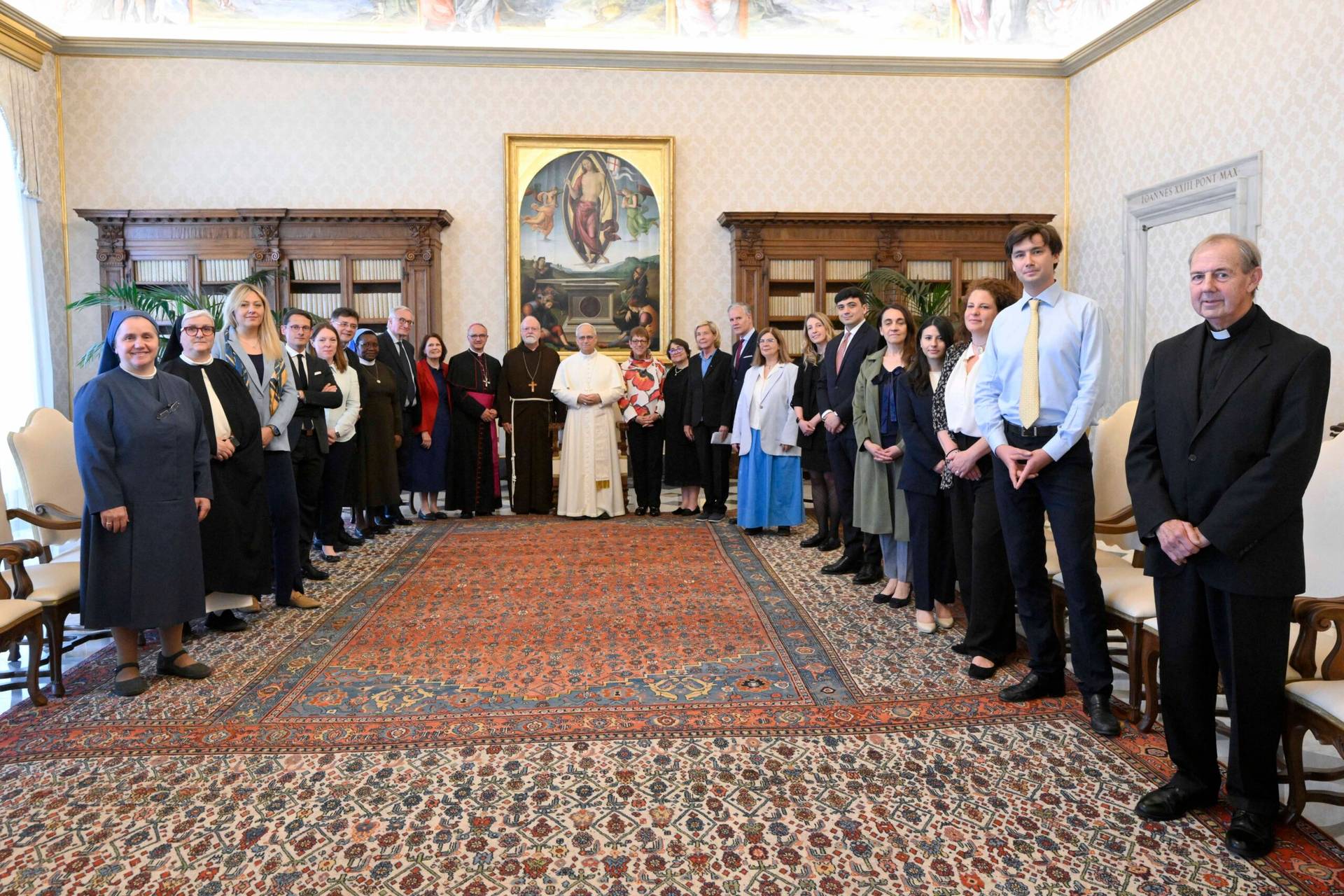COURMAYEUR, Italy – On the Church’s calendar, today is the feast of the Assumption of Mary, marking belief in the bodily taking up of Mary into Heaven at the end of her earthly life. It was formally defined as a dogma of the Catholic Church by Pope Pius XII in 1950.
For most Italians, however, August 15 has another connotation. It’s known here as ferragosto, an elision of the Latin term Feriae Augusti, meaning “the holidays of the Emperor Augustus.” As the name suggests, it’s a traditional summer break that reaches all the way back to ancient Rome. (Indeed, placing the feast of the Assumption in mid-August likely was an effort to Christianize the older pagan holiday).
Though formally speaking ferragosto falls on August 15, in reality it’s a period, not a single day. Most Italians will take at least the week surrounding the holiday off, and many will take virtually the entire month.
Traditionally, people head for one of two destinations during ferragosto: Either the beach, to beat the heat under the water, or the mountains, where it’s cooler, fresher and far less sweltering than in the country’s major cities, Rome very much included.
During ferragosto, Rome usually turns into something of a ghost town. Driving through city streets, you could be forgiven for thinking you’d wandered onto the set of “The Walking Dead” – almost no one is moving about, and those who are look like zombies due to the relentless heat.
This year, I’m spending ferragosto in northern Italy in Val d’Aosta, located near the border with France and Switzerland and nestled at the foot of Mont Blanc, the highest mountain in the Alps. During the winter, the town of Courmayeur, with a resident population of just about 3,000 souls, is a ski resort; during ferragosto, it becomes a vacation paradise, offering majestic views of the mountains, hiking and nature trails, terrific dining and shopping, and – most fundamental of all – cool mountain air day and night. (The forecast in Rome for today is 94 and sticky; here, it’s 71 and no humidity at all.)
The beauty and great summer weather in the Val d’Aosta region explain why both Popes John Paul II and Benedict XVI chose to spend several of their summer vacations here, in the nearby village of Les Combes d’Introd. Pope Francis, however, has chosen each year to stay in Rome.
The traditional inclination of Italians to get away during ferragosto was cemented during the Fascist era, when Mussolini’s regime sponsored special discounted “popular trains” to carry people almost for free to seaside and mountain resorts.
(This wasn’t entirely benevolence on Mussolini’s part. It was also an effort to curb the Italian tendency to build what are called ponti, or “bridges,” around their holidays, turning a one-day break into a long weekend or even a full week. The popular trains only ran August 13-15, so unless you wanted to pay full price, you had to come and go within that span.)
In some parts of Italy, it’s still the custom for employers to dare il ferragosto to their employees, “to give the ferrragosto,” which means giving them gifts of cash or food with which they can put together their picnic baskets for the day. In Rome and environs, one traditional version of the ferragosto meal consists of fettucine with pig’s liver, stewed chicken with peppers, and ultra-cold watermelon for dessert.
For opera lovers, the ferragosto holiday will be familiar as the setting for “Pagliacci,” still today one of the most frequently staged operas ever composed. The day also features fireworks, performances and music festivals in many locations.
All this is relevant to the Vatican for the following reason.
Over the years, anyone who’s ever tried to get anything done in the Vatican during the month of August usually has come away frustrated, with decision-makers nowhere to be found, phone calls unreturned, correspondence vanishing into a black hole, and the typically slow pace at which the wheels grind during the best of times coming to a halt.
That’s not because the Vatican itself observes any formal holiday in August other than the Assumption, for which employees are given Aug. 14-16 off work. It’s because so much of the Vatican’s workforce is Italian, and the rest is sufficiently conditioned by local culture to adjust their expectations accordingly. Indeed, some Vatican offices actually require staff to take their annual vacations in August.
Ferragosto is thus also a Vatican observance, but by sociological default rather than formal decree.
Ferragosto, in other words, is an annual reminder of the ineradicably Italian ethos of the Vatican, of the thousand and one ways in which the Vatican, for all its uniqueness and globality, is also an Italian institution that can’t be fully understood or appreciated outside its geographic and cultural milieu.
To understand efforts at financial reform in the Vatican, for instance, one has to know something about banking and financial practices in Italy. To understand Vatican diplomacy, it helps to understand broader Italian and European views on geopolitics. To grasp the way the Vatican understands church/state relations, you need to know something about both the history and the current practice of that relationship here.
One could go on multiplying examples, but the point is clear: The faith may be universal, but the Vatican in many ways remains particular. That’s something to chew on, perhaps, during these slow days of ferragosto.
Follow John Allen on Twitter: @JohnLAllenJr
Crux is dedicated to smart, wired and independent reporting on the Vatican and worldwide Catholic Church. That kind of reporting doesn’t come cheap, and we need your support. You can help Crux by giving a small amount monthly, or with a onetime gift. Please remember, Crux is a for-profit organization, so contributions are not tax-deductible.

















